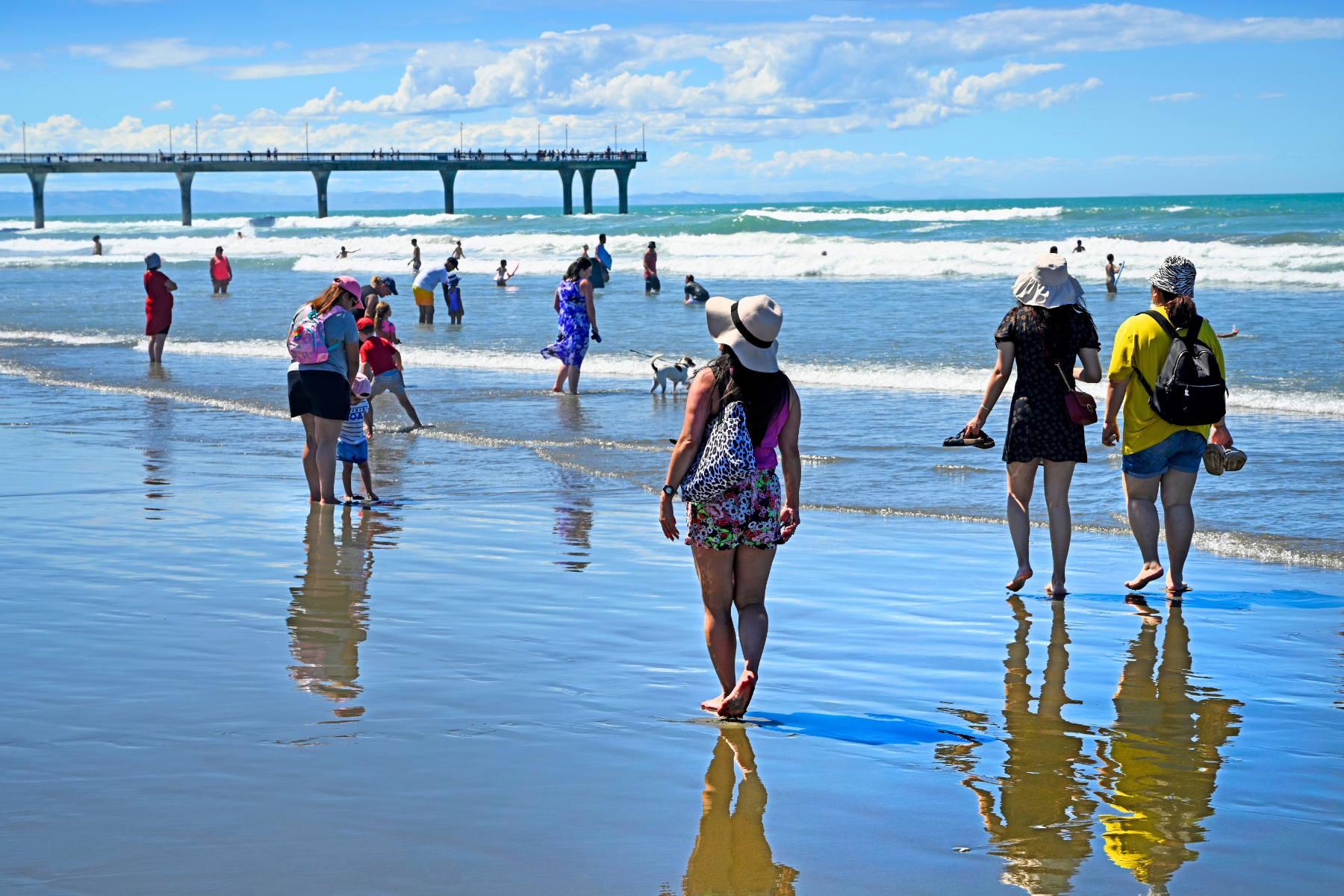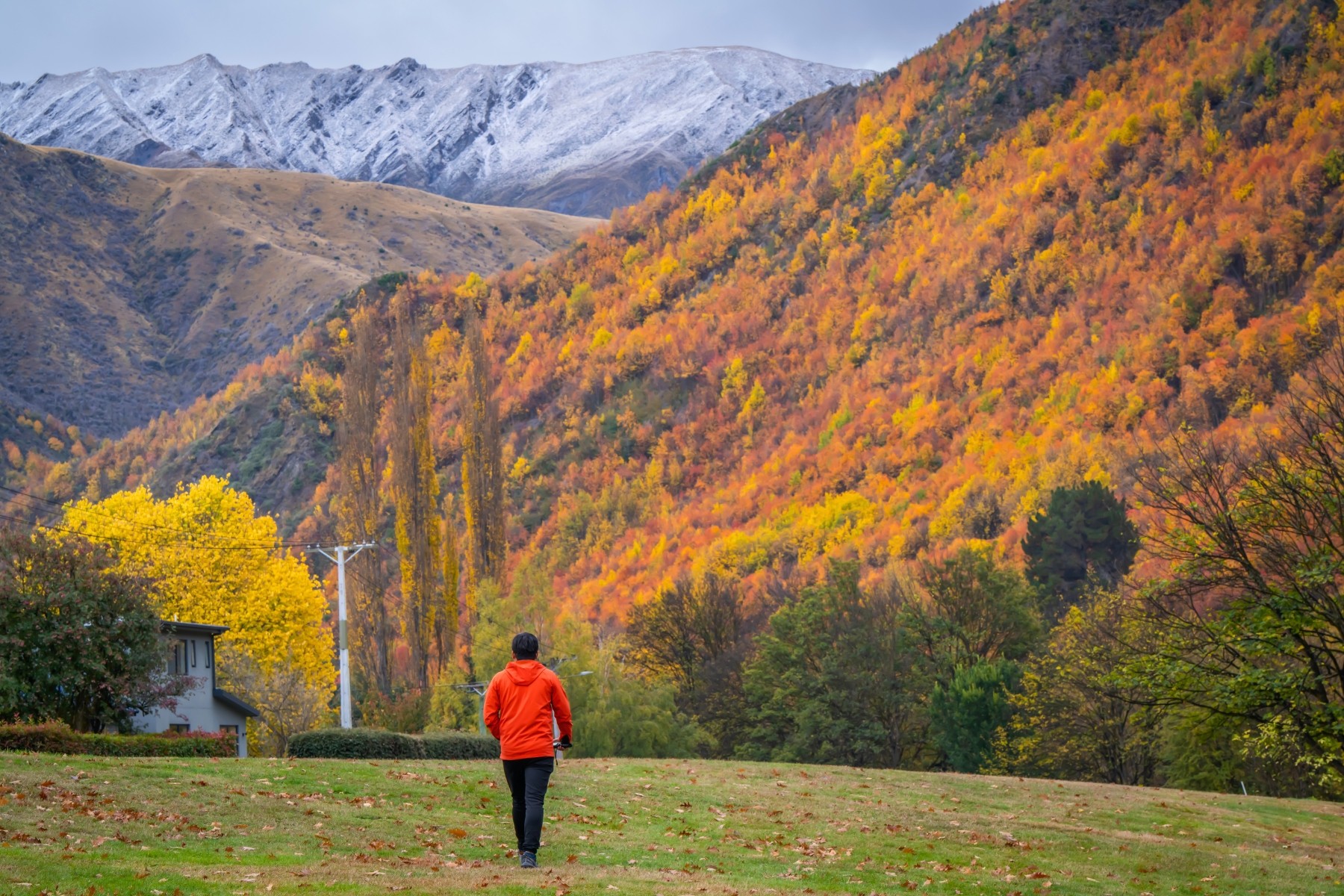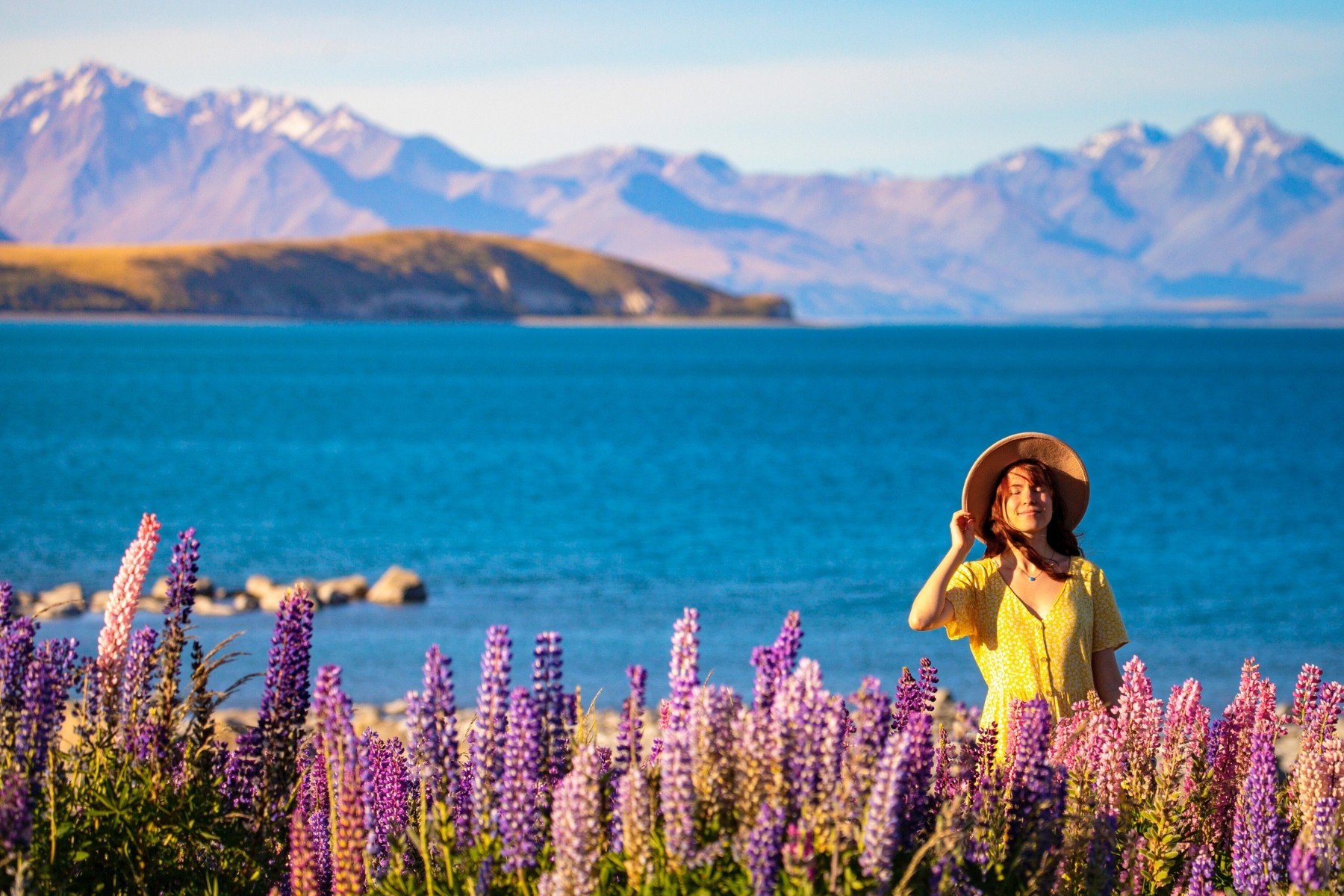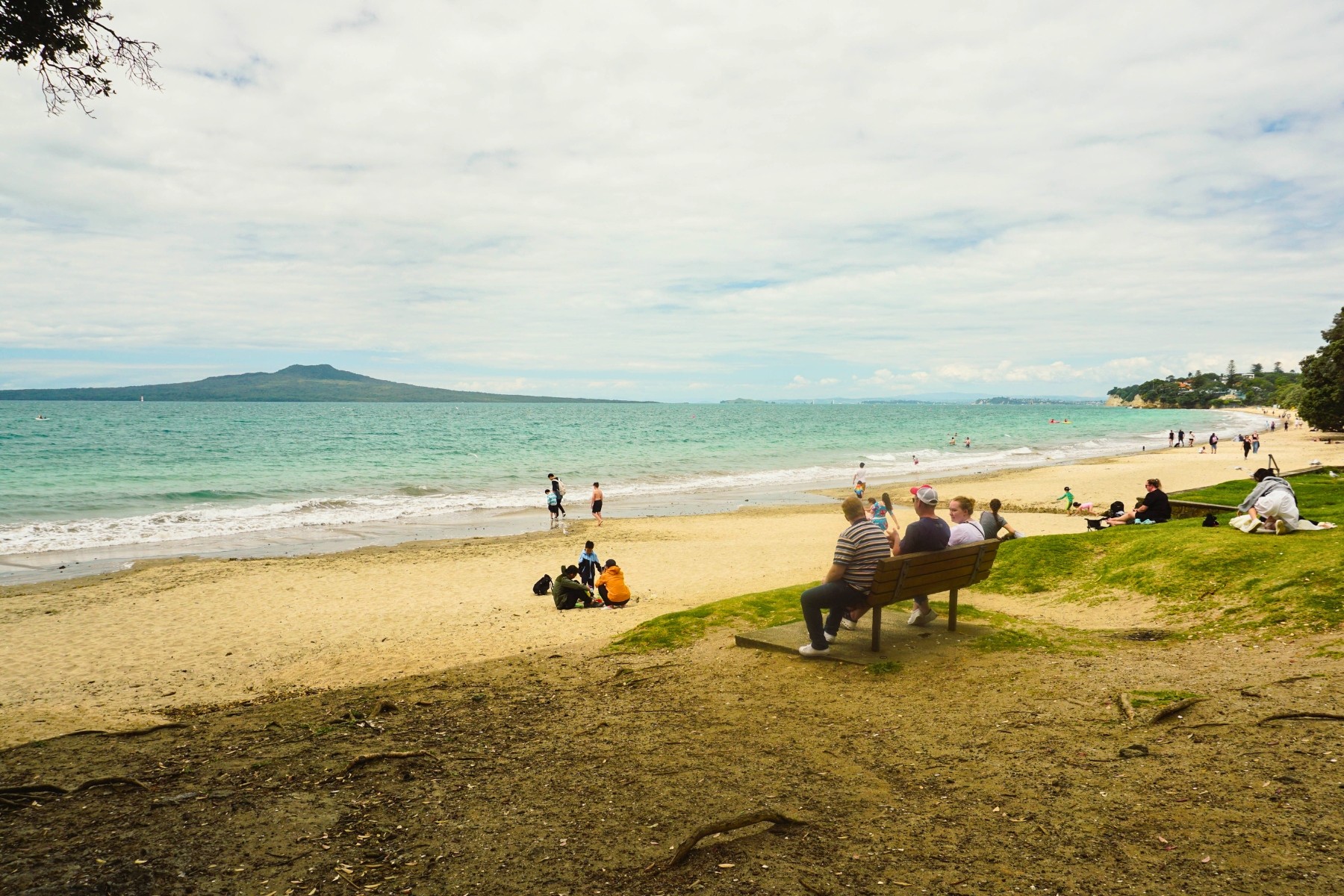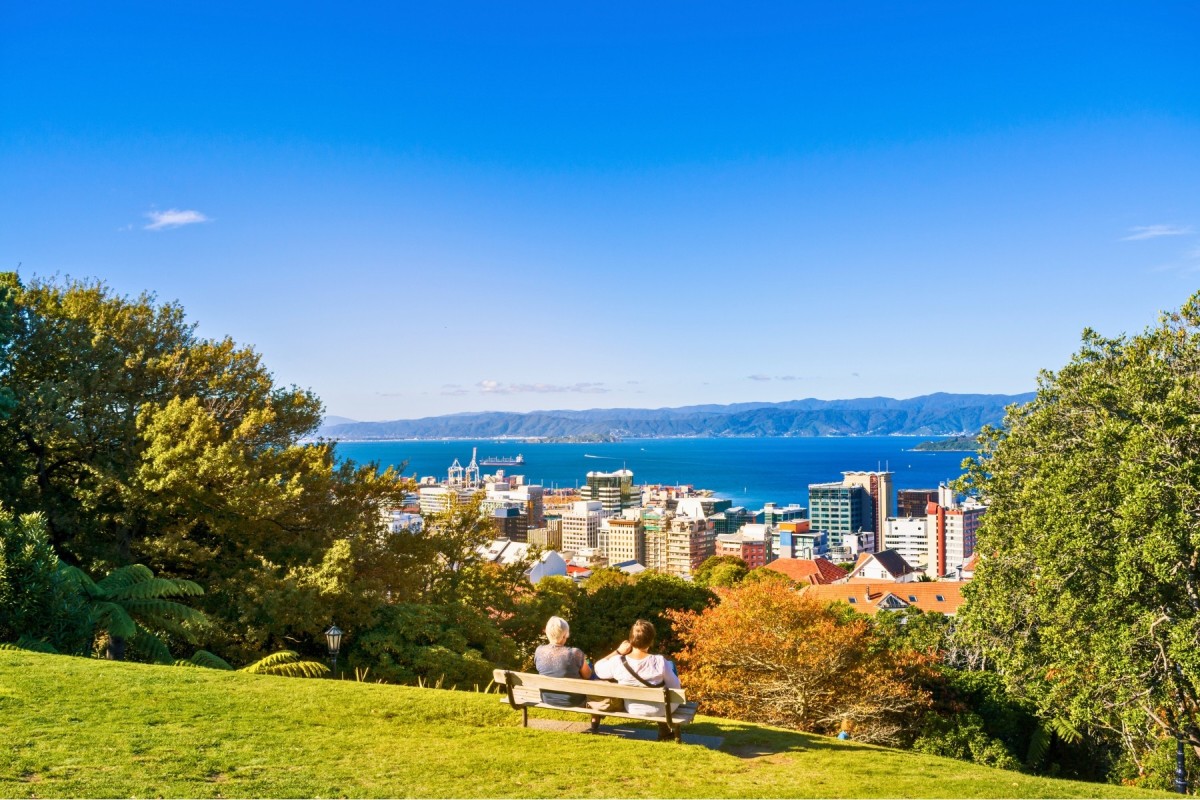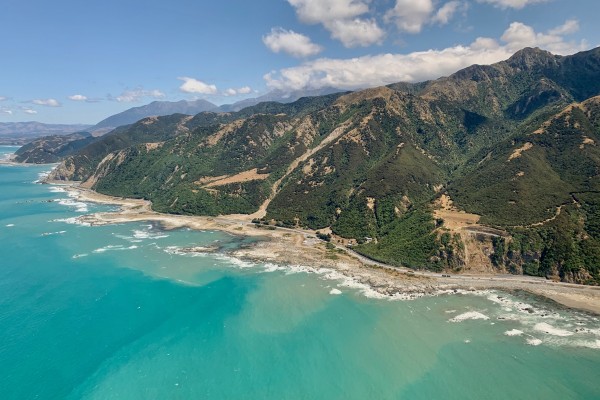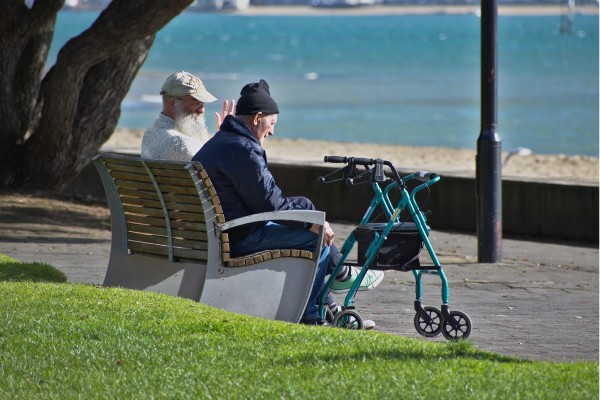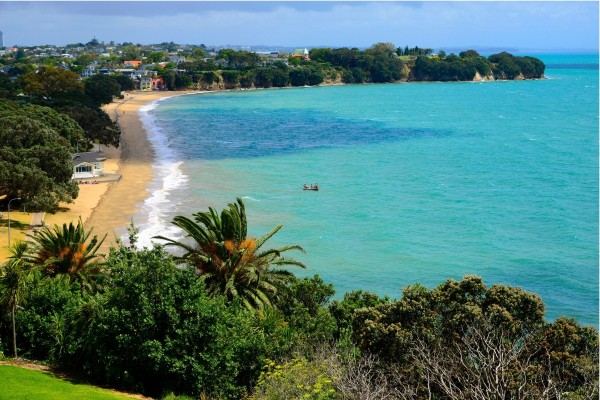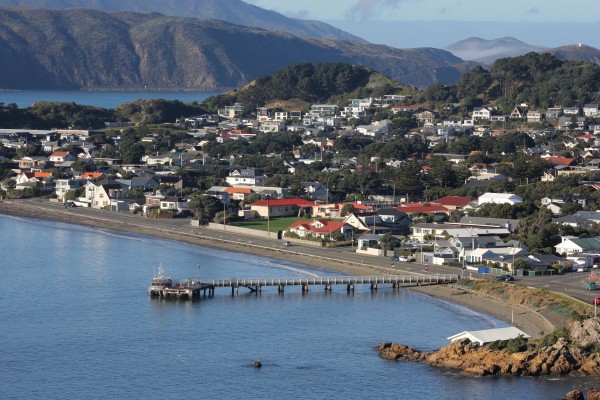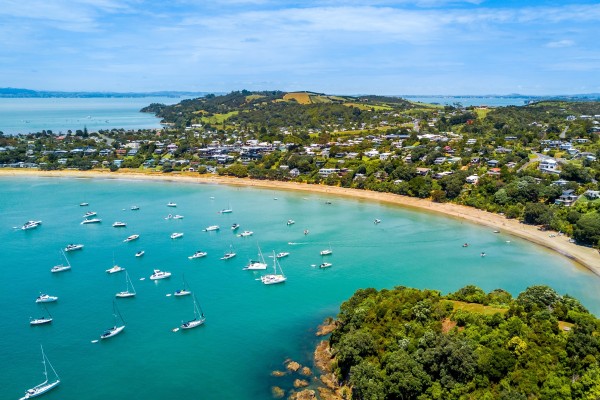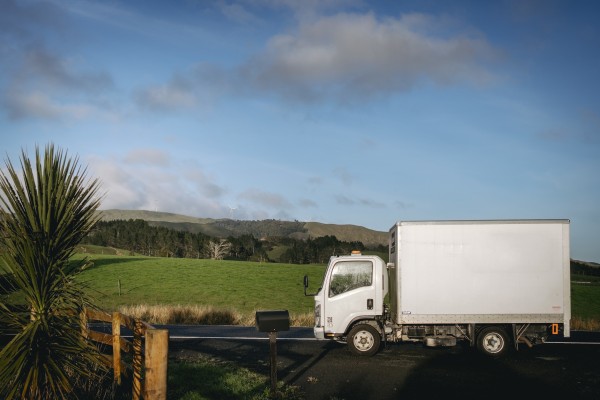A month-by-month guide on what to wear in New Zealand

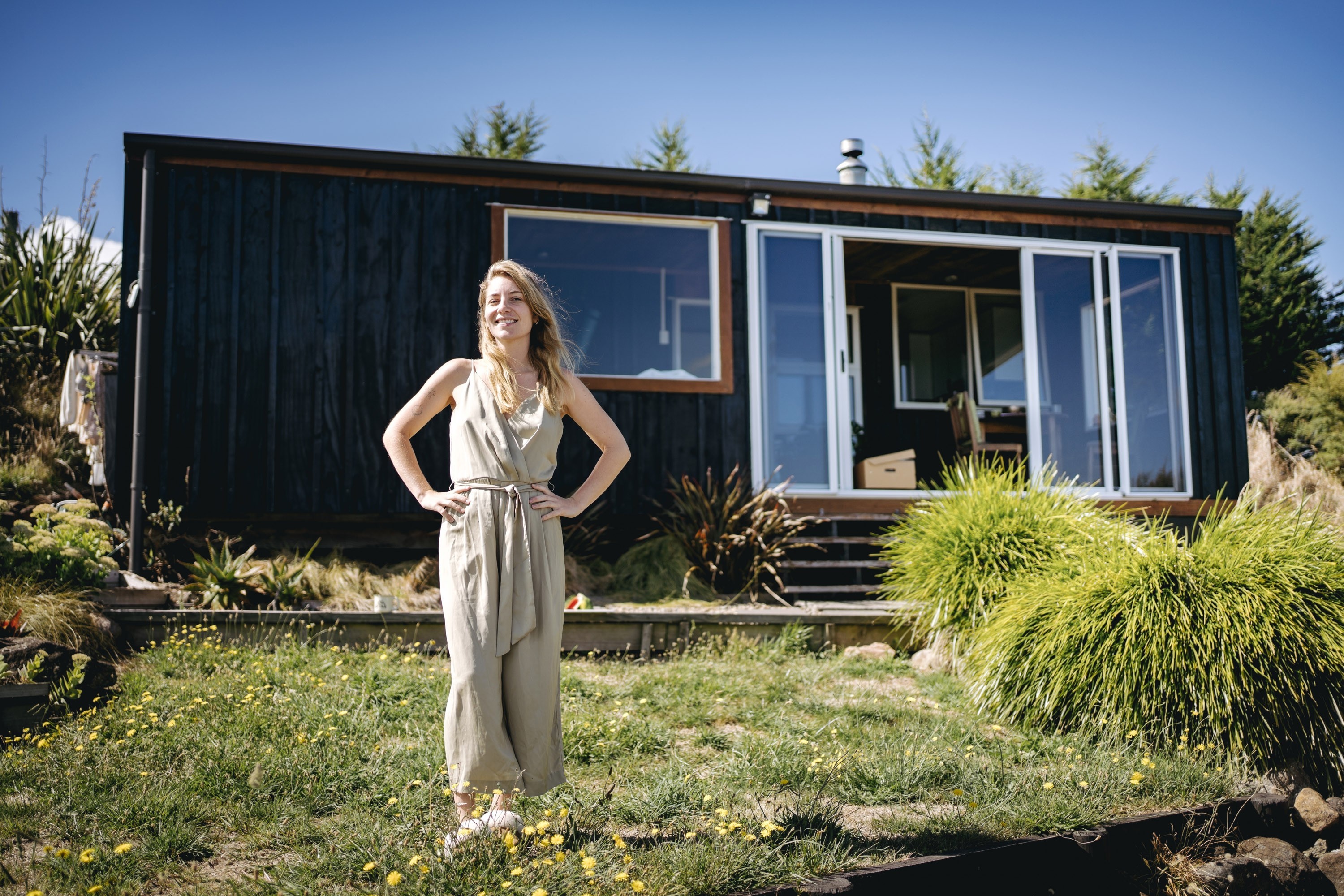
New Zealand might be an island in the Pacific, but our weather can sometimes be anything but tropical. If you’re heading to Aotearoa for a holiday or planning to stay a while, the clothing you pack can have a big impact on your comfort levels.
From snowy winters in Central Otago, warm, sunny summers in the North and rain, rain and more rain in the West, this guide will help you prepare for each region and month while you are here.
What to wear in peak summer (January and February)
As a country located in the southern hemisphere, New Zealand experiences summer in January and February. Simple enough to remember, right? What’s worth knowing is that due to our long, skinny geography, even in summer, the temperatures can vary wildly.
- In Northland, Auckland and the Coromandel, the weather routinely hovers between 28 and 32 degrees.
- Wellington and the South Island can be a little cooler, with temperatures between 22 and 25 degrees.
- In the South Island, the West Coast and Southland are usually the coolest, so remember to pack long, but light layers and a windproof jacket.
Tip: New Zealand’s weather varies a lot depending on where you go, but a few layers (light and breathable), along with a windbreaker, will get you through.
What to expect in a New Zealand summer
New Zealand musical legends Split Enz once sang about experiencing ‘four seasons in one day', a song probably inspired by our ever-changing weather.
- If you’re visiting the North Island, you’ll find the weather to be warm, humid and a bit rainy at times.
- Wellington has its own climate (windy and no hotter than 25 degrees), and you’ll usually want to change into longer/warmer clothes at night.
- In the South Island, you’ll likely experience the hottest temperatures in the Central Otago and Nelson/Tasman regions.
Tip: Rain is always an option, no matter where you go. It’s also worth noting that New Zealand has extremely strong UV rays. The fewer clothes you wear, the more you’ll need to lather on the sunscreen.
Clothes to pack for January and February in New Zealand
Clothing
While sundresses, shorts and singlets are perfect for the daytime, the further south you go, the more you need to pack some layers. These don’t have to be warm; lightweight knits, sweatshirts and long pants are enough. A windproof jacket really is a lifesaver, as it’s often the wind chill that makes being outside at night feel a lot colder.
Outdoor gear
If you’re visiting New Zealand, there’s a high chance you're heading to the great outdoors. Think hiking after brunch, swimming in lakes and rivers and doing lots and lots of walking.
Make sure you pack some sports shoes, comfy shorts or leggings, swimming togs, and a pair of sandals. You’ll also want to bring that windproof jacket on a lot of these excursions.
Accessories
The sun in New Zealand is harsh! Embrace wearing hats, sunglasses and a cover-up for when you want to be at the beach, but you feel like you’re getting fried (spoiler alert: you are).
What to wear in late summer to autumn (March and April)
Late summer and autumn in New Zealand are truly magical. The kids are back at school, your favourite holiday hotspots are less crowded, and the weather is warmer, drier and more predictable. That doesn’t mean that you should ditch the jacket, though. As we said, rain is always an option in New Zealand.
What to expect in late summer to autumn
While it rains a lot less in late summer and early autumn, temperatures start to cool across the country, and the winds die down significantly (particularly in Wellington).
Clothes to pack for March and April in New Zealand
While the days are still warm, the evenings can feel a lot cooler. During this season, daylight saving time creeps closer and nights become shorter. You’ll find yourself reaching for an extra layer or even changing into longer pants once the sun goes down.
What to wear in autumn to early winter (May and June)
Autumn to early winter sees the biggest change in temperatures across the country. If you’re in the far North, you can still get away with light layers even at the start of June during the day. Expect a big drop in temperatures overnight.
In the bottom and central South Island, you won’t be so lucky. Central Otago can get down to frosty temperatures as low as 4 degrees this time of year as the winter ski season begins.
What to expect in a New Zealand winter
New Zealand homes aren’t insulated, which is why it can feel colder here than in other countries with warmer winter temperatures.
Clothes to pack for May and June in New Zealand
New Zealand can get a little wild as we head into winter. By now, daylight savings has set in, and there is far less light in the evenings. During the day, you’ll want to wear a jacket, whether that’s a rain jacket or a windbreaker. Layering your clothes is one of the best ways to stay warm. Try adding a thermal single or base layer to your outfits.
What to wear in winter (July and August)
By now, winter has fully set in around the country. Average temperatures range from 4 degrees in the south to 15 degrees in the north. The further south you go, the more warm, thermal layers you’ll need.
What to Expect in a New Zealand winter
- Ski seasons are in full swing in both Central Otago and the Central North Island. These are usually the frostiest places in the country and experience both clear skies and snow.
- Southland and the West Coast are generally very wet and cold during winter.
- Christchurch is dry and cold, while Wellington is windy and cold. Taranaki and Hawkes Bay are sunny and cold, while Auckland is experiencing four seasons in one day.
Clothes to pack for July and August in New Zealand
If you’re skiing, you’ll need to pack both breathable underlayers (thermals and base tops) and waterproof ski gear.
For most cities, you’ll need to pack a warm, insulated winter coat. In saying that, a rain jacket with a bit of insulation will be enough to keep you warm in the far north.
A wool coat is always a good idea; however, if you’re in Wellington, it gets very windy. You may want to invest in something that’s both warm and waterproof, as your umbrella will become useless.
New Zealand homes are typically quite cold and underinsulated. Hats, gloves and warm socks will keep you warm indoors. Thermal pyjamas, underlayers and breathable natural fibres are the best way to stay warm without sweating.
What to wear in spring (September and October)
Spring may not be as cold as winter in New Zealand, but don’t underestimate how cool the temperatures can be (and how cutting the wind is), especially in early September. In Spring, you can ditch the wool coat and many thermal layers of winter, but it’s still a good idea to layer up.
What to expect in a New Zealand spring
While the sun is shining a lot more than in winter, chilly winds from the south (yes, from Antarctica!) have been known to ruin many a sunny day. Make sure that wherever you go, you have the option to bare your arms and cover them up with not just a sweatshirt but a windproof jacket.
It can go from hot to warm to sunny to cold in the blink of an eye. What’s more, if you’re sitting in the sun, you might be warm, but the moment you step into the shade, you’ll be freezing! If you’re questioning how anyone stays sane in this climate, the answer lies in layering.
Clothes to pack for September and October in New Zealand
Spring in New Zealand is definitely the time of year when you want to pack for all of the weather. You’ll want the option of both long and short-sleeved t-shirts, as well as shorts and long pants.
A typical spring outfit that’s weather-appropriate could be a pair of jeans or trousers, a cotton (or breathable fabric) t-shirt or shirt, a medium-weight knit or snug sweatshirt and a light, packable jacket. Don’t forget to wear sunscreen on your arms or legs at this time of year.
What to wear in early summer (November and December)
Finally, summer is here! But wait…why is the sky so grey, and how come I’m still cold sometimes? For most of the country (we’re excluding Auckland, Tasman, the far North and Hawke’s Bay), summer doesn’t really peak until early January. So, what summer clothes should you bring?
What to expect in an early New Zealand summer
The warmth is returning, but those pesky winds, light rains and occasional grey days can ruin the mood if you’re not dressed for it. You can dress in shorts and a t-shirt, but you’ll also need the option to put on more layers, especially when you are outside.
Clothes to pack for November/December in New Zealand
November and December are great times to get into the great outdoors. Pack your breathable fabrics, outdoor clothing, swimming togs and summer gear. Just make sure, whatever you do, you have a layer on hand for when the weather gets colder.
Ready to move to New Zealand?
New Zealand offers some of the world’s most spectacular scenery and endless outdoor adventures. Whether you’re relocating for work, study, or a fresh start, being prepared makes all the difference. Packing the right clothing for each season will keep you comfortable, wherever you’re headed.
Once you’ve sorted what to pack, make your move seamless using Wise Move. It's the easiest way to book trusted moving teams across New Zealand. From packing to delivery, they’ll help you settle in smoothly on either island.
What do our customers say?







For every (wise)move







